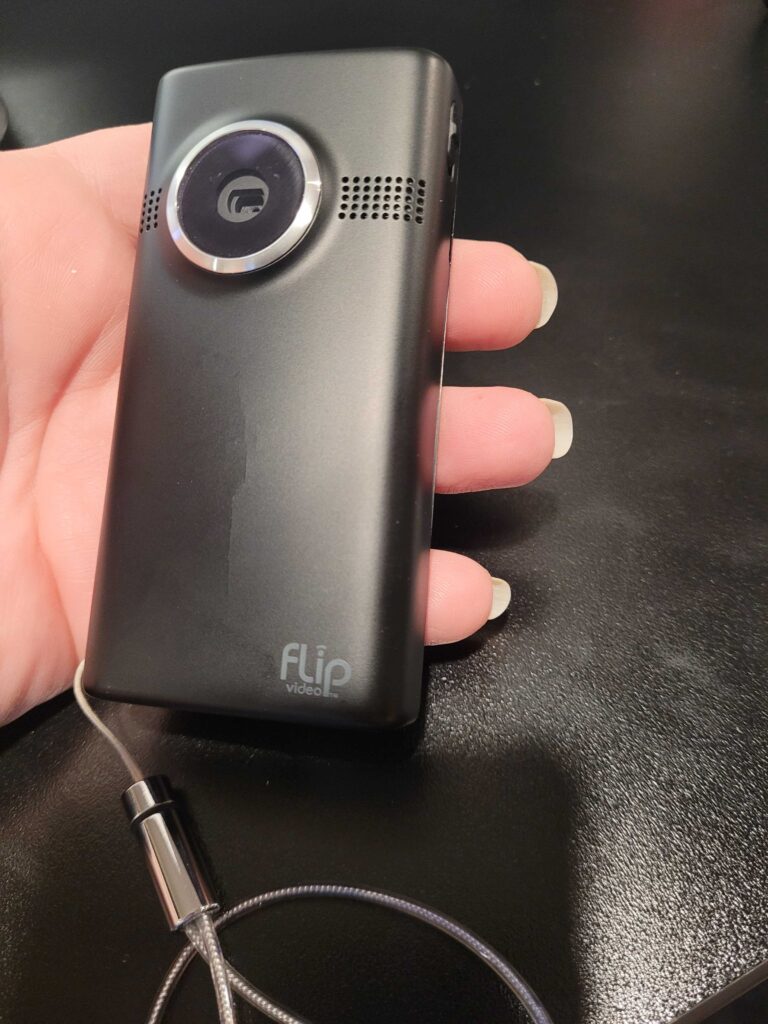The beginning of a new year is an excellent time to take stock of both where we’ve been and where we’re going. As we do this, especially when thinking about bigger picture issues, we can’t help but notice today’s turbulence and how quickly things can change.
This mantra gets repeated to the point that it’s almost cliché, but that doesn’t mean it isn’t true.
There’s an acronym, VUCA, that many are throwing around to describe this reality. In the off chance you’ve never heard of it, VUCA stands for Volatility, Uncertainty, Complexity, and Ambiguity, or as explained in the book Moments of Impact: How to Design Strategic Conversations that Accelerate Change:
In VUCA world, organizations face constant surprises from all directions. By the time you think you’ve got an important market trend figured out, it’s already moved on.” [emphasis added]
Authors Chris Ertel and Lisa Kay Solomon provided an example that accentuates that statement above. Although this example is several years old now, it also caught my eye because my husband and I have one of these products sold by this company…

In its day, the Flip video camera was, I wouldn’t say revolutionary, but certainly versatile and innovative. The entry-level model held 30 minutes of footage, while the higher-level held 60 minutes. The device could fit in your pocket and be operational with just the click of a button. A simple USB connection made transferring file(s) a breeze.


New York Times tech columnist David Pogue proclaims in his review of the Flip:
It’s a blast. It’s always ready, always with you, always trustworthy. Instead of crippling this “camcorder,” the simplicity elevates it. It’s the very definition of ‘less is more.’
I agree…
My husband and I used the one we were given on our honeymoon in early 2012 and we found it very easy to use, and he’s not a techie kind of guy! It was hands-down better than the camcorder that required a carry bag and heavy batteries to switch out and recharge. And miles away from the shoulder-carry camcorder I remember my mom using in the mid-1990s.
Also, keep in mind that smartphones weren’t as advanced or prevalent yet. “Dumb phones” and Blackberry phones were what the majority of the world used, and these didn’t have robust video capabilities.
The simplicity of the Flip camera, coupled with improving video quality and a very modest price of $100, propelled Flip to capture 13% of the camcorder market just in its first year. The Flip was introduced in the U.S. in September of 2007 and hit 1 million units sold by the next July.
According to internal emails, Flip was almost acquired by Google, which at the time, would have made it their first branded hardware product. But instead, in March of 2009, just 18 months after its U.S. release, the company that developed Flip, Pure Digital Technologies, was acquired by Cisco in a deal worth $590 million.
Shortly after this, in spite of continued sales growth, Flip started losing market share.
In early 2010, Flip was still the leader in its product category with 26% market share, but in just one year, this number dropped to 17%!
By April 2011, just 2 years since the acquisition and 3.5 since first coming to market, Cisco made the decision to close Flip and sell the remaining inventory.
Just consider that for a moment. A product’s entire life cycle from beginning to end took all took place in under 5 years! :exploding mind:
Part of Flip’s demise was due to the fact that this specific type of consumer product didn’t fit well with Cisco’s primary business of providing commercial IP and Ethernet switching to commercial clients. This industry segment typically delivered profit margins in the 60-70% range. On the other hand, consumer electronics were not a market segment Cisco was accustomed to operating in, especially when you consider profit margins for these products typically max out at 30%. To summarize, Cisco didn’t stop and do a complete assessment of risks & opportunities associated with the acquisition before moving forward. Otherwise, they would have realized during the pre-acquisition due diligence that the Flip product was not consistent or complimentary to their existing product mix.
However, the other, more fundamental reason Flip cameras ceased to exist have to do with, you guessed it, smartphones. As you can see from these numbers provided by Statista, smartphone growth quintupled between 2009 and 2017. As we know, these devices provide a built-in camera that shoot extremely crisp video without having to carry a separate device.
Take our personal Flip camera as an example…it’s been buried in my husband’s desk for at least the last 10 years!! I plugged it in the other day and couldn’t even get the battery to charge. And once we both had smartphones, why do we need a separate video camera?
How is the rise and fall of Flip a case study in VUCA?
A few years ago, we wrote about how shifting consumer preferences were causing many staple food brands like Campbell’s Soup and Kellogg’s cereal to lose market share and struggle to reinvent themselves. These changes alone occurred over a couple of decades, and some of the food brand companies featured in this post have been around for more than a century.
This fact alone should show how fast things can change, and it only continues to get more intense, especially with the growth of AI, robotics, and so forth.
The story of Flip also illustrates the shifting needs of organizations when it comes to risk management. No longer can companies simply avoid risks and expect to thrive in an environment characterized by mass disruption. For ERM to help the company navigate the realities of our VUCA world, it must take a forward-facing approach to risk and opportunity management, which (as I mentioned previously) is something it appears Cisco neglected to do when it bought Flip.
As I discuss in another previous article exploring this VUCA theme, tools like scenario planning can be valuable for understanding how future uncertainty will impact a particular goal, with a focus on the short-term (3 years or less).
To understand if a strategy is a good fit for the long haul, you have to understand what the business environment will look like in 10, 20, or even 30 years into the future. Although it has a similar name, strategic scenario analysis, a method used by Hans Læssøe, can be a helpful tool for better understanding the long-term.
If looking at company strategy, this exercise should involve the C-suite, the Board, and any relevant business areas. Strategic scenario analysis, at a high-level, consists of the following four steps:
-
- Identify 2 scenario drivers
-
- Describe each scenario
-
- Identify and prioritize issues
-
- Define ownership, and for some, handling
Had Cisco used a process like this, would they have still purchased Flip?
It’s hard to say…
But if we think that the 5 years for Flip was short, just stay tuned. Because the only certainty today is the future will continue to get more and more uncertain.
The story of Flip is just one of many examples of the VUCA concept in action. Whether its strategic scenario analysis, a quantitative approach, or something else, neglecting to use the tools that are available and rushing into something without possible changes (positive and negative) in the future is absolutely necessary in today’s world.
What are some other product lifecycle examples of VUCA that come to mind?
This story and many other like it should hopefully show the importance of robust ERM practices and collaboration, so if you have a perspective that would help others, please feel free to leave a comment below or join the conversation on LinkedIn.
And if your company leadership grasps the concept of VUCA but don’t quite know how to address it and even benefit from it, please don’t hesitate for one moment to reach out to me directly to discuss your particular challenge(s) and potential paths for addressing it.








